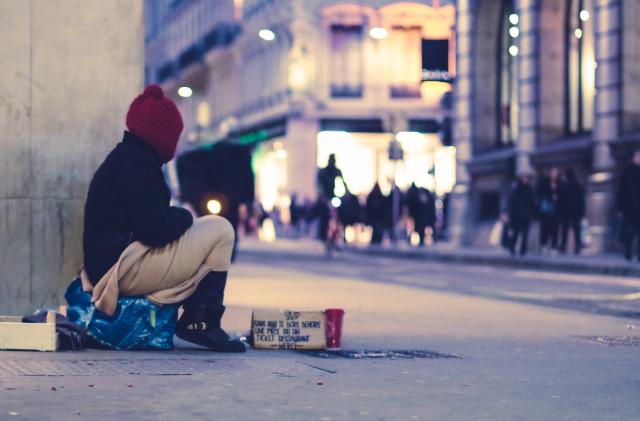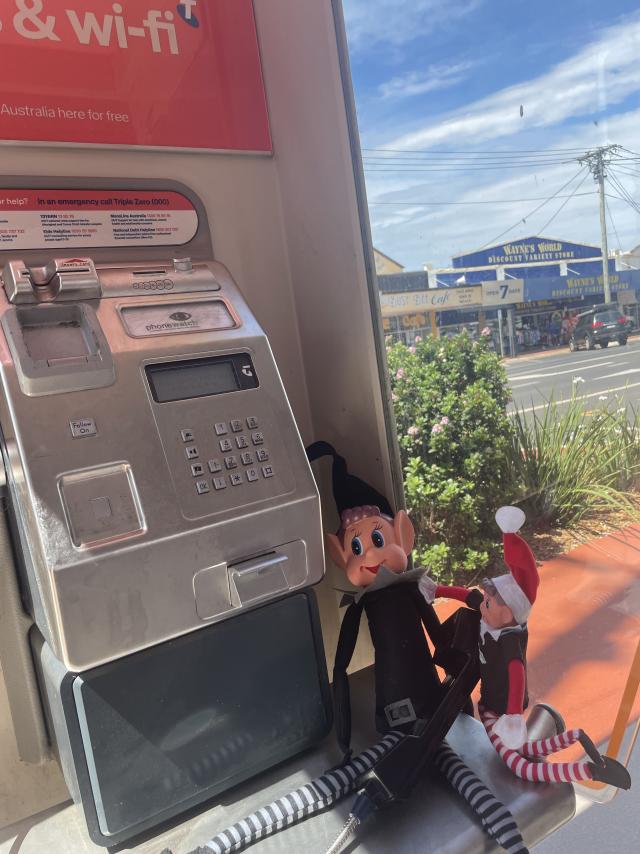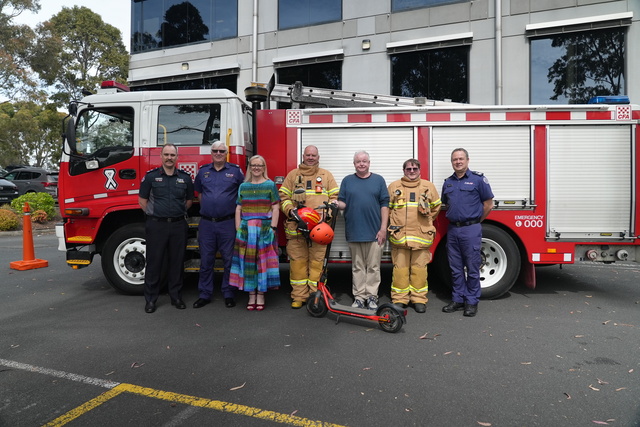Perhaps it was the media focus on the Olympics that has allowed Homelessness Week to slip by, mostly unnoticed.
The Victorian Homelessness Network (NHN) aimed at raising awareness that on any given night 30,000 Victorians ( including 6800 children) are staying somewhere temporary like a tent, someone’s couch, a car or if lucky in a shelter or refuge.
But if unlucky sleeping rough in laneways. With a winter that has been brutally cold this becomes a confronting statistic. In poet Rosemary Dobson’s words:
The homeless wander in their dreams,
their souls adrift in empty streams,
searching for a place of rest,
a shelter where they might be blessed.
Nor is the stereotype of a homeless person as someone sleeping it off on a city footpath valid any more.
The reasons are complex but mainly due to family violence, financial problems and the unavailability of affordable homes for sale or rent.
And as Anna Quiglan reminds us:
They are not people who are
In any way different from you or me.
They are just people
Who have run out of luck.
Shelter is crucial to our physical and mental wellbeing, providing protection from the elements and a secure environment for personal growth, a foundation for meeting our other needs and aspirations.
Without adequate shelter, individuals are less likely to reach their potential and more likely to .have physical and mental problems.
There follows an almost inevitable increase in social problems as the number of disaffected, particularly young people grows every day.
We have faced housing crises before as in the post WW2 period of reconstruction with massive government building programs by Housing Commissions in all states.
Small fibro and sometimes brick three bedroom houses were built for people to raise families in decent and affordable homes.
But times have changed A shift in the role of government occurred in the 1981- 2011 period and most of the supportive post WW2 policies such as public housing sales and rent control were dropped.
What we now have is a system where housing is no longer seen primarily as shelter and a safe environment to bring up families but as an investment asset: aided by the growing practices of tax minimization on investment properties that contribute to the problem.
A major obstacle for government in housing the homeless is convincing voters and lawmakers that housing is a right and should be available to all who need it.
However there is always a human tendency to find someone to blame.
High migration and refugees have been often cited as the main cause of housing unavailability. But as poet Warsan Shire reminds us:
no one leaves home unless
home is the mouth of a shark
you only run for the border
when you see the whole city running as well
We have all heard of houses left unoccupied by investor owner.
There were almost 100,000 homes sitting vacant or under-used in Melbourne in 2023 and the same is happening with vacant land.
Both speculative vacancy and land banking are forms of real estate speculation, driven by the expectation of future profits and can impact negatively on housing costs and availability.
The Baby Boomer generation is often blamed for the current situation.
Baby Boomers the biggest beneficiaries of today’s housing policies grew up in an era when they were lucky to be able to buy houses when one wage and manageable prices made this possible.
Not just to buy a family home but to also take advantage of the tax incentives offered by the government and buy additional investment properties.
Reining in negative gearing and capital gains tax concessions might help prospective buyers who otherwise would be competing with investors.
But talk to the builders and developers and they’ll blame excessive government regulation, overbearing local councils, onerous planning rules, supply shortages and lack of skilled workers.
Australia is not alone in facing housing stress but there are examples where governments have successfully initiated housing programs.
Today 80 per cent of Singaporeans live in government built accommodation.
Similarly Vienna where 60 per cent live in social housing stands out as a model for social housing, delivering affordability, high quality and social integration.
The current belief that markets are best placed to mediate housing affordability ignores the fact that present housing policies are socially destructive.
This may be the time to look at the inequalities emerging and to regard housing as a necessary human right and that a more equitable system would benefit all society.
It would ensure children growing up in less stressful environments, reduce mental health issues and in creating strong communities positively impact on crime.
Renowned English poet Ian McMillan has written an exclusive poem for The Big Issue to coincide with the UK National Poetry Day and their campaign to stop mass homelessness.
A Shakespearean Sonnet About Doors by Ian McMillan
It’s not much to ask. Just a door to lock.
A door that won’t break when someone kicks it.
Door with a keyhole. Respond to that knock
Or not. My choice. It’s broke so let’s fix it:
The world, I mean. Not the door. That’s ok.
It’s my door, to my room. Look: here’s the key.
The world, though. That’s different. Somewhere to stay
Is what we all need. Somewhere to be me
And not just someone you blithely ignore
When you see me sleeping on the street.
Let’s begin with this. A door. Just a door
To start with. A door. Food. Then light and heat.







